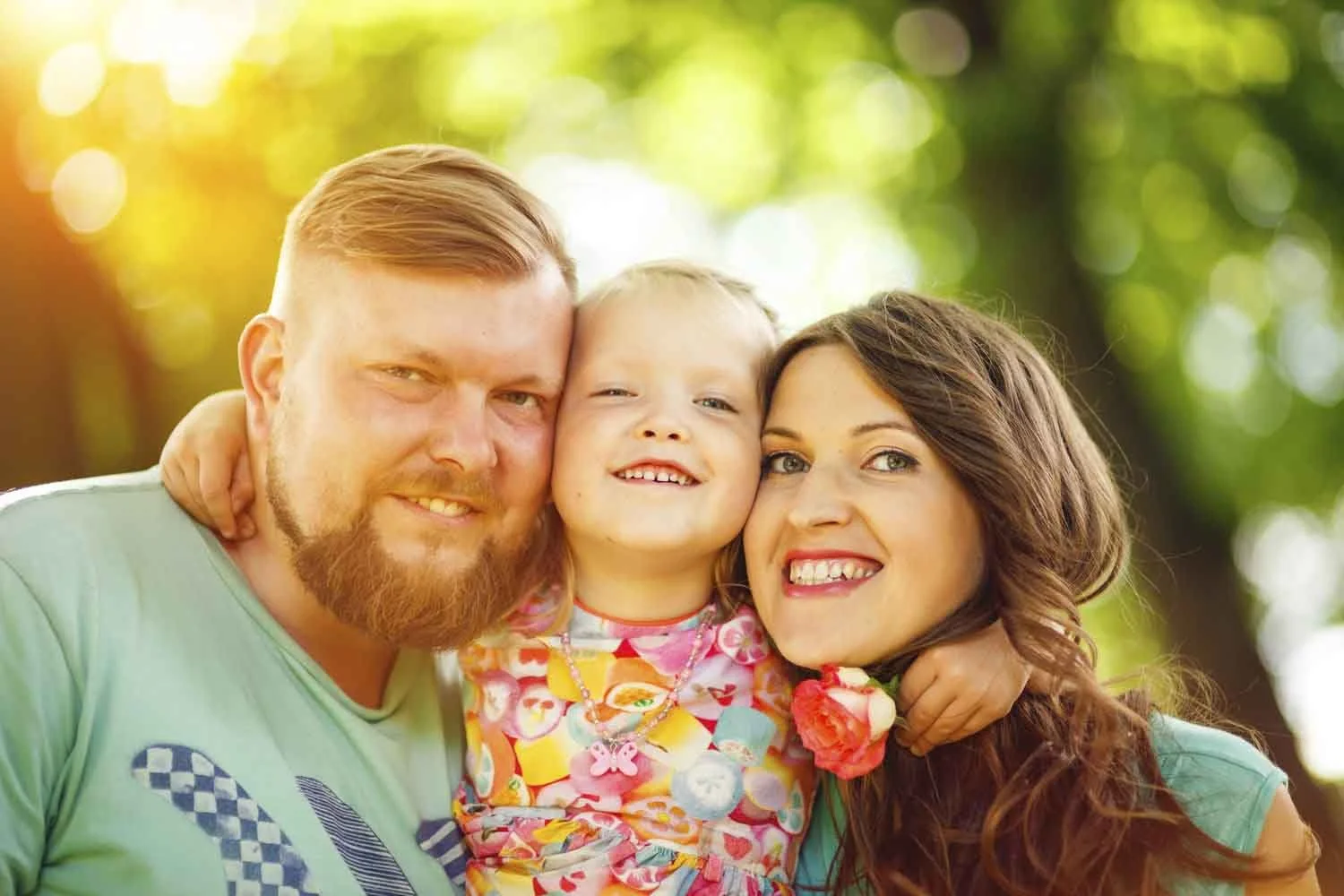The first child
In 1885, there was a boy named Henry. He was parentless and unsure what would happen to him. He looked like many other children living on the streets of Portland during this time. He had been abandoned by his parents and had nowhere to go.
The difference between Henry and the abandoned children that came before him, was that Henry had an agency devoted to his future. Prior to the founding of the Boys & Girls Aid Society of Oregon in 1885, growing up on the streets would have been Henry’s only outcome.
The agency was the first of its kind in Oregon. Compared to the orphanages on the East Coast that saw children as labor, the Boys & Girls Aid Society of Oregon was viewed as innovative and compassionate. It implemented a model that served children on an individual level by connecting them with families who may eventually one day adopt them. Henry, and the many children that came after him, now had an organization devoted to his future.
With each passing year, the agency became ingrained in Oregon’s culture. The state of Oregon eventually used the framework of the Boys & Girls Aid Society of Oregon to found the Department of Human Services.
The first child served at Boys & Girls Aid is a reminder that while our approach and practices have changed, our beliefs have not. Every child deserves the guidance, love and support that comes from a family.
Finding Lifelong Connections
Five years ago, Boys & Girls Aid was witnessing a foster care system serving children in the wrong way. Disproportionate amounts of foster youth were failing as adults.
Whether it was unemployment, homelessness or incarceration, they were significantly likelier to wind up on some form of public assistance than to attend college. As an agency that serves children in foster care, we wanted to know why children who left the foster care system were struggling as adults.
Being trusted to care for some of the most vulnerable children in the state, Boys & Girls Aid needed to figure out how we could prevent the children we served today from failing in adulthood. We discovered that children in foster care were being raised in a system that was safe, but not secure.
Since its creation, foster care was used as a temporary fix until a more long-term solution could be identified. Missing in this approach were the children whose long-term solution was never found. Without a home of their own, these children were left to live as temporary residents in foster homes.
The abuse and neglect was so severe with their biological families, often tied to addiction or mental health challenges, they could never return home. Extended family and friends either were unable or uninterested in becoming their legal guardian. Their ages, needs, or number of siblings made it too difficult to find them adoptive families. The state believed the cost and time commitment associated with finding homes for these children was too much.
Unbeknownst to the children, they were being labeled as “unadoptable.” The system had given up on them, and foster care was the only place for them to grow up. While the system would provide safety, it did not provide security and stability.
Children growing up in foster care would attend multiple schools, losing their attachments to meaningful friends, teachers and other adults. It was clear why these children fell behind in school and eventually dropped out at a higher rate than all other populations. Without a high school diploma, becoming unemployed, homeless or incarcerated seemed inevitable.
A focus on family
We saw the outcomes for children growing up in foster care and believed a better system could be created. The costs and time commitment to find these children a lifelong connection was not too much. We believed we could promise each child who entered our services a permanent, lifelong connection.
This connection would provide love, guidance, accountability and stability. No age was too old, no needs too great, or no sibling set too large. We would connect these children with permanent, stable and loving families.
During the past five years, we changed the culture of our agency. We educated and trained staff to approach their work with a lifelong connection as the outcome for every child we served. We purchased a database to better track our outcomes and find more efficient and effective ways to reach these outcomes. Our leadership began advocating to other agencies and the state to approach permanent, lifelong connections as a possibility for all children.
We knew that the money and time spent would eventually pay off in the form of securing a better future for children. The cost of building lifelong relationships for children in need today pales in comparison to the funding needed for homeless, unemployed or incarcerated adults.
Since we launched our promise to building lifelong connections, we have seen an increase in the number of children leaving our care to a forever family. Each year, we are moving closer to seeing every child achieve this connection. We believe that the framework has been created for not only Boys & Girls Aid to reach this goal, but for all children, served by all agencies. All children deserve a bright future with a family who will support, guide and love them.



